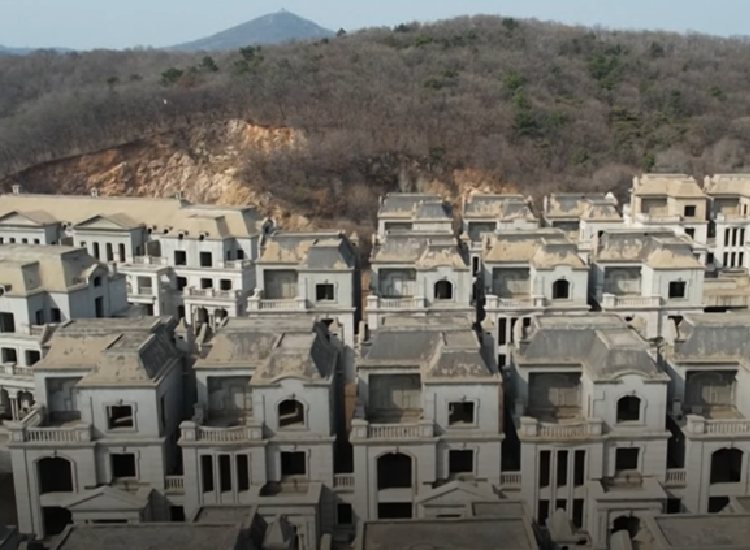Why Does No One Live in These Abandoned Chinese Mansions?
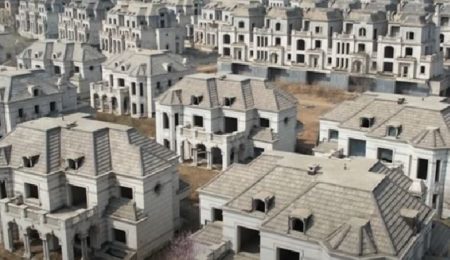
There lies a ghost town in the hills close to Shenyang, China. For nearly a decade, it has been overlooked. Due to unknown circumstances, the property, which was supposed to be an exquisite housing development, was never completed. These abandoned Chinese mansions are now homes for farmers who use them for their crops and livestock, but the history of the place is still buried in secrecy. What caused the project to be abandoned, and what secrets do the mansions still hold? Let’s take a closer look at it.
Why Were the Ultra Luxurious Mansions Developed?Â
The Greenland Group, a major player in Chinese real estate, started working on the State Guest Mansions project in Shenyang in 2010. The goal was to construct 260 European-style houses for affluent residents, but the project was put on hold after just two years.
The interiors of the mansions are much more tragic than the exteriors. The display model, which illustrates the original vision of building an opulent paradise, is currently lying within an unkempt sales building.
Spaces are piled high with dust and trash in contrast to the marble flooring, crumbling chandeliers, and coffered ceilings. Cattle and farmers have brought a new life. You can even find graffiti work on the peeling walls, which implies that urban explorers have also been drawn to the ghost town.
Was Corruption the Reason Behind the Fall of State Guest Mansions Project?
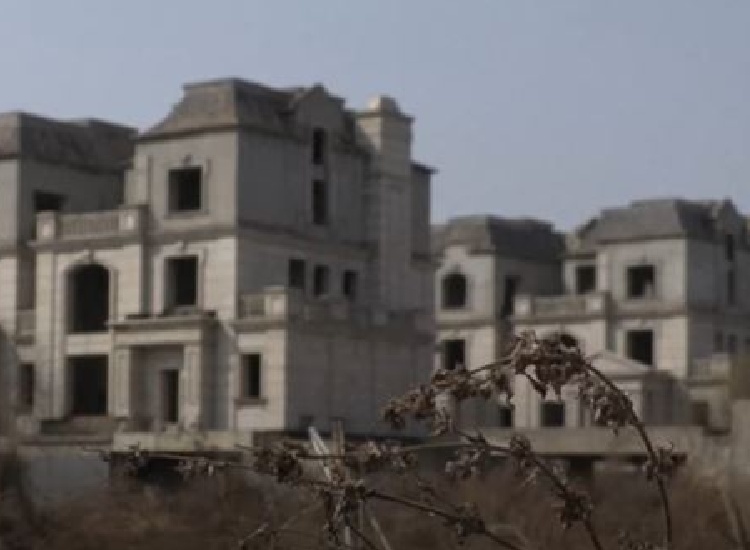
The reasons behind the abandoned Chinese mansions remain unclear, although the locals have their suspicions. They suspect that official corruption might have been the cause, as funding had been discontinued, and unauthorized construction crackdowns had left the project incomplete. Even though these properties would have sold for millions of dollars, the wealthy haven’t even purchased one, and it was not built for ordinary people. News channels have tried to contact the Greenland Group office, but despite multiple attempts, they have not received any response to their questions.
However, another reason for the project’s abandonment could be that Chinese President Xi Jinping, who has been in power since 2012, is strongly opposed to corruption and doesn’t like excessive displays of wealth.
Farmers Find New Use for the Stranded Luxury ComplexÂ
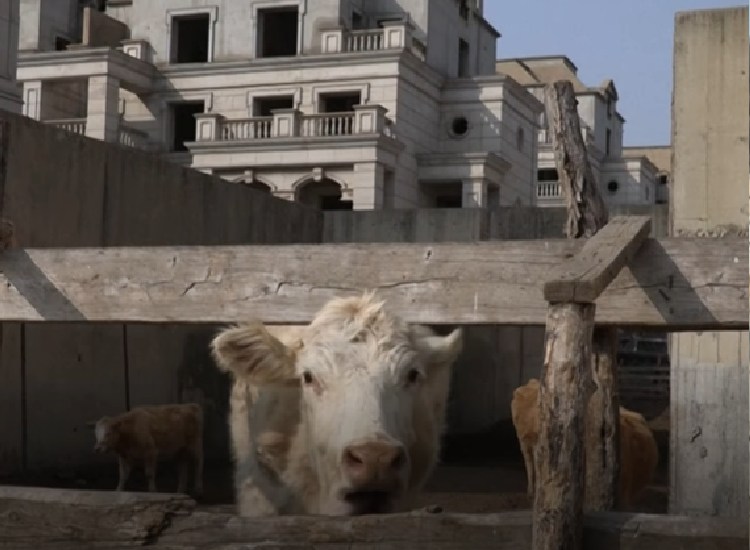
These abandoned Chinese mansions are back in the news because of local farmers. They have turned the overgrown lawns into fields. The wealthy no longer live there. Instead, a variety of cattle and livestock wander freely on the premises. The farmers are plowing the land. Meanwhile, stray dogs wander around poorly built poultry enclosures and storage spaces, such as double garages stocked with hay bales and farming tools. The man-made lake of the lavish complex has also been used by them.
Ghost Towns Are Not Alien to China
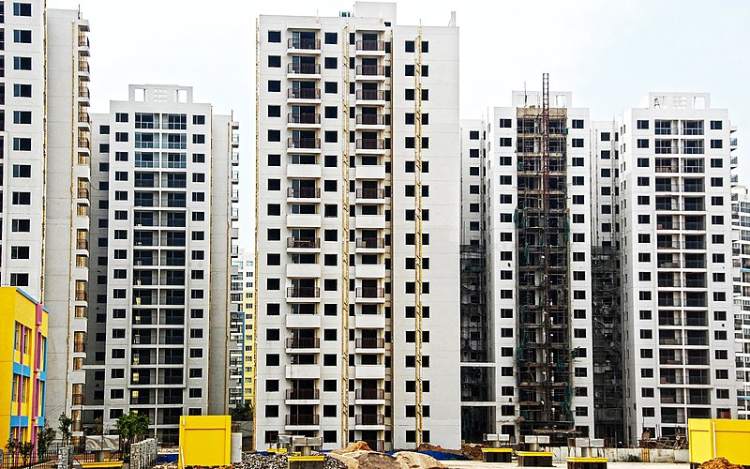
In China, abandoned real estate projects, often called “Rotten Tail Buildings,” have become widespread. As of 2021, there are approximately 65 million empty houses. That’s enough homes to accommodate the entire population of France!
One notable example of this issue is the Ordos New Town, also known as Kangbashi, in Inner Mongolia. Originally designed to accommodate one million residents in the early 2000s, the project’s population target was eventually reduced to 300,000. But as of 2016, only approximately 100,000 people have moved to Kangbashi. The city began attracting more residents when China relocated some top schools to the area.
Reports suggest that one of the reasons behind the existence of so many abandoned properties in China may be the government’s strict actions in 2020, where they took strong measures to stop people from borrowing too much money and making high-risk investments. This has resulted in many property developers struggling with huge debts and fewer people wanting to buy their properties.
Experts also believe that the main reason for the rise of ghost cities in China is the mismatch between the number of available properties and the number of people who want to live in them. Therefore, as opposed to the expectations of the builders, these houses were never occupied.
On one hand, many of these abandoned houses were purchased by investors but stayed empty as the owners or renters did not live in them. On the other hand, the government makes a lot of money by leasing out properties to builders. This encourages more construction rather than limiting it.














